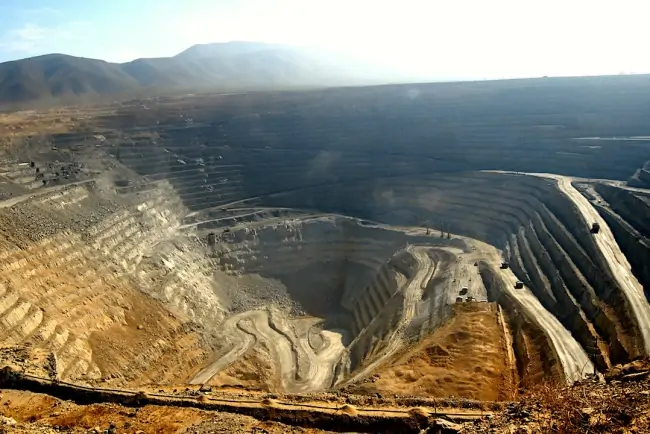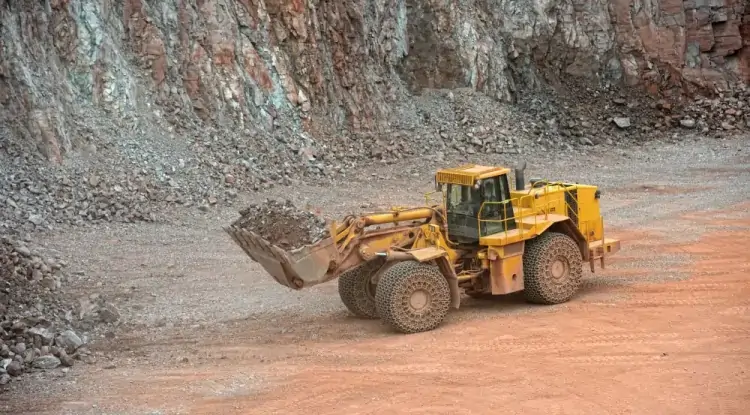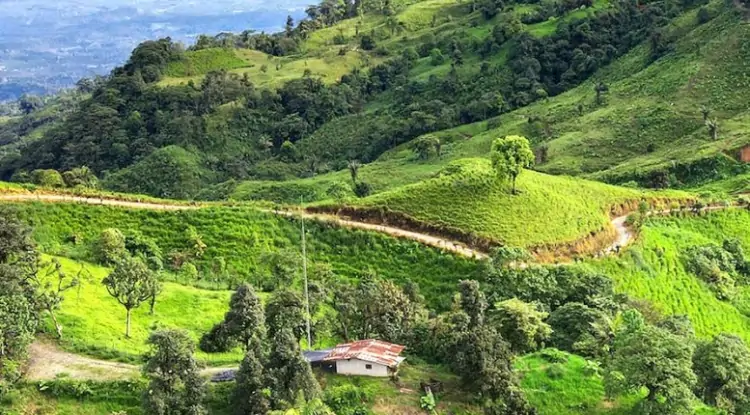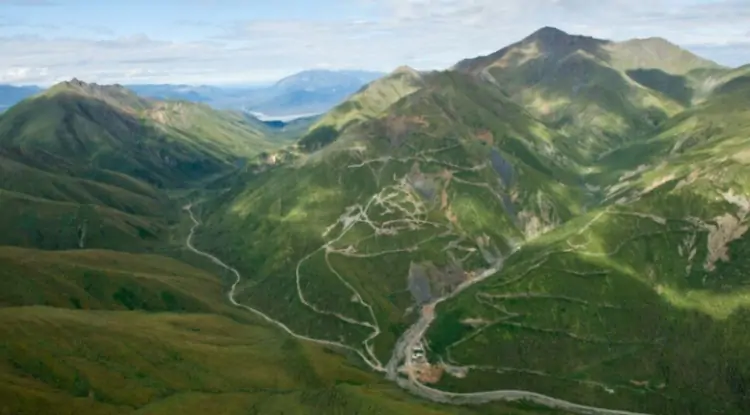Expert insight: Lithium funding starts in the aquifer, says Zelandez
Securing investment for lithium brine projects rests on convincing investors of both the resource size and quality, and its strong net present value (NPV). Access to accurate and trustworthy data at the exploration stage and proper and timely advice is also crucial.


Lithium projects in the Americas dominate investor attention following the passage of the landmark Inflation Reduction Act (IRA) in the United States and amid industry projections of shortfalls in the supply of battery-grade lithium to meet the energy transition demands. Resource definition and proving project viability for those developing new lithium projects are more crucial than ever to attract investment.
Lithium project investors, including those at private equity firms, financial institutions, and large mining companies, are more than busy reviewing competing lithium projects. They experience a regular and ongoing feed of resource estimates from a long list of firms eager to land funding. One of the keys to speeding up investment funding is getting the resource estimate right. Even with billions of dollars of subsidies potentially available for lithium schemes under the IRA, financiers are very unlikely to fund lithium brine projects without robust resource definition.
Assessing lithium brine resources according to NI 43-101 or JORC standards is critical to investors. Any project’s resource potential, economics, risk, regulatory compliance, and indeed its very economic credibility are heavily dependent on these standards carried out by Qualified Persons. Even more important is that these resource estimates be properly and speedily interpreted so lithium project developers and potential financial backers can advance confidently and close on financial terms.
Interpretation and Advice Paramount
Data is data, but only proper and actionable interpretation of this data can influence project financing for leading projects in Argentina, Chile, and North America. Only through appropriate interpretation of resources and reserves can investors and lenders evaluate a project’s feasibility, commercial value, and potential risks. Technical and commercial due diligence is also essential for potential investors and buyers who need support assessing lithium brine projects.
Proper advice and insight into sub-surface conditions are of paramount importance. Resource estimates can account for a significant portion of the criteria many financial institutions use to determine if they will give the green light to funding. It remains a commercial reality that only a fraction of junior mining projects secure backing, even with strong metals prices and an expected shortfall in critical minerals supply. Get this part wrong, and any project will struggle to get off the ground.
Quantifying the size of resources and reserves can be managed to ensure that the size is accurately defined so that decisions can be made quickly. Using advanced downhole geophysical technologies with enhanced resolution, logging tools can properly assess underground resources and are crucial in quantifying the size of resources and reserves. Timely processing and interpretation of this data, using the latest methodologies in aquifer characterization, is also needed to maximize the chances of securing commercial backing and de-risking the project in investors’ minds.
Rewards do come
A Chilean lithium brine operator seeking potential funding wanted to properly define its underground resource using advanced logging tools offered by Zelandez. Providing insights and advice on porosity and permeability to the client’s existing exploration model allowed the company to advance the delimiting of its aquifer units and, in turn, refine the size of its lithium reserve.
It also gave more certainty to their future production expansion plans and gave investors fresh insights into the commerciality of the project’s expansion.
Borehole magnetic resonance, which works like an MRI scanner for rock, is a vital technology used in this effort and is a core component in generating data to obtain funding.
An international mining company in Argentina recently worked with Zelandez to get porosity and permeability data as quickly as possible and deliver a feasibility study to advance the project. Getting these porosity results within a couple of days of finishing each well allowed an earlier completion of the initial resource estimate and fundraising success.
Limiting project risks to facilitate funding is not restricted to the well. Other risks faced by lithium brine operators in this relatively new industry include project technical risk and water challenges, especially in water-scarce and arid areas where the protection of water resources is paramount to local government authorities and federal agencies.
Challenges in recruiting and retaining skilled staff impact the lithium brine sector like the rest of the mainstream mining sector. One potential area for recruiting staff is to tap into the talent pool in the oil and gas industry.
Private equity, mining royalty companies, financial institutions, and wealth funds have a demanding checklist for any mining scheme. Political, ESG, commodity, and currency price risk are factors in project financing calculations. That may explain why so few mining schemes get funding. Fundamentally, decisions will turn on NPV analysis or discounted cash flow.
NPV is King
It is critical to demonstrate the potential NPV of a project during the exploration phase, as NPV is the leading indicator that investors will start with when evaluating the possible commercial and financial lending terms. The stakes are high for all stakeholders as investors typically look at a valuation of over US$1 billion.
Without a detailed and convincing data set and analysis of the sub-surface resource, few lenders will come on board to fund an adventurous junior firm with ambitions to develop new lithium brine supplies for the market. Not having a convincing resource interpretation will likely prove fatal in the face of due diligence by potential investors. NPV is based on resources and reserves as the basis of the production capacity of any project. A great services firm will be able to find resources in aquifers that previously were not seen. The best will be able to provide the detailed interpretation and analysis that will convince investors that the resource and the NPV stand up to investigation.
Vital Data
Project investors will avoid schemes where the sub-surface data is incomplete or doubtful. Due diligence is heavily pinned on adequately understanding the resource and potential production rates. These are vital factors that help to determine if a project can move towards economic feasibility and is commercially robust.
Downhole geophysics based on modern wireline logging techniques is crucial in mapping and understanding the resource. In many ways, wireline logging scans of rock deliver valuable insights to advance projects and highlight their potential to investors.
A better understanding of aquifers can also counter project technical risk for unforeseen geological challenges, adversely impacting project cost and timetable to first production.
Geological advisory services to classify total resources are also needed to win over potential investors, support mining projects’ economic viability, and reduce risk. Backed by well data, QPs can successfully upgrade inferred resources to indicated and measured resources and onto probable and proven reserves. With this in hand, project developers can easily highlight the outlook for lithium production. Analysts at McKinsey & Company predict lithium could be in extremely short supply if no further projects are developed. Almost 60% of today’s lithium is mined for battery-related applications, and this could reach 95% by 2030.
Quite simply, know your aquifers and obtain a mastery of the sub-surface through high-resolution data. Without a proper and timely interpretation of this data, project developers risk losing out on investment and project sanction for a critical mineral that will accelerate our future energy transition.














